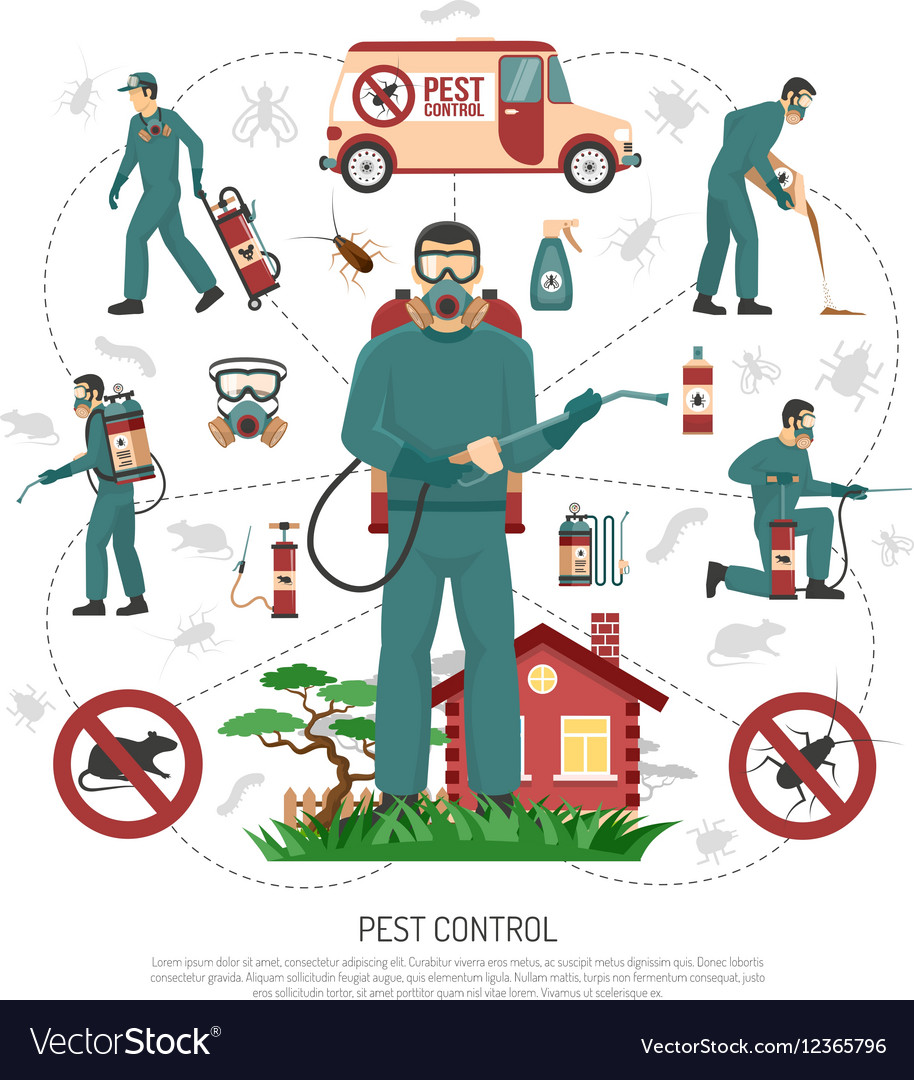Visualize your attic as a relaxing Airbnb for rats, with insulation as fluffy as resort cushions and electrical wiring more enticing than space service. Now, picture these undesirable guests tossing a wild event in your home while you're away. As a property owner, ensuring your attic is rodent-proof is not just about comfort; it has to do with shielding your home and loved ones. So, what easy steps can you require to guard your sanctuary from these hairy intruders?
Check for Access Information
To begin rodent-proofing your attic, evaluate for access points. Beginning by very carefully taking a look at the exterior of your home, seeking any type of openings that rats might make use of to get to your attic room. Check for voids around utility lines, vents, and pipelines, in addition to any type of cracks or openings in the structure or home siding. Ensure to pay close attention to areas where different structure products fulfill, as these are common entrance factors for rats.
Additionally, check the roof covering for any kind of harmed or missing tiles, along with any voids around the sides where rodents can squeeze via. Inside the attic room, seek signs of existing rodent task such as droppings, chewed cables, or nesting products. Utilize a flashlight to completely check dark corners and covert spaces.
Seal Cracks and Gaps
Evaluate your attic room extensively for any type of fractures and voids that need to be secured to avoid rats from entering. Rodents can squeeze with even the tiniest openings, so it's crucial to secure any kind of prospective entry factors. Inspect around pipes, vents, cables, and where the walls satisfy the roofing system. Make use of a mix of steel wool and caulking to seal off these openings efficiently. Steel woollen is an exceptional deterrent as rats can't chew with it. Ensure that all voids are firmly sealed to reject accessibility to unwanted insects.
Don't overlook the importance of sealing spaces around doors and windows too. Usage weather condition stripping or door sweeps to seal these areas effectively. Inspect the areas where utility lines get in the attic and secure them off making use of an ideal sealant. By putting in the time to seal all fractures and spaces in your attic, you produce a barrier that rodents will locate difficult to violation. Avoidance is key in rodent-proofing your attic room, so be complete in your efforts to seal any type of possible entrance points.
Eliminate Food Resources
Take positive procedures to remove or store all potential food sources in your attic room to prevent rats from infesting the room. Rats are attracted to food, so eliminating their food sources is crucial in keeping them out of your attic room.
https://snakeriverdamsremovalands95062.dbblog.net/5342641/study-example-effective-approaches-for-managing-termites-in-an-old-building what you can do:
1. ** Shop food firmly **: Avoid leaving any kind of food items in the attic room. Store all food in closed containers made of steel or durable plastic to stop rats from accessing them.
2. ** Clean up debris **: Eliminate any type of piles of debris, such as old papers, cardboard boxes, or timber scraps, that rats can make use of as nesting product or food sources. Keep the attic clutter-free to make it less enticing to rodents.
3. ** Dispose of trash properly **: If you utilize your attic room for storage and have garbage or waste up there, make sure to throw away it regularly and correctly. Rotting massey pest control attract rodents, so keep the attic clean and free of any type of natural waste.
Final thought
Finally, bear in mind that an ounce of avoidance deserves a pound of cure when it comes to rodent-proofing your attic room.
By making the effort to inspect for entry factors, seal fractures and voids, and remove food sources, you can keep unwanted parasites away.
Remember, 'An ounce of avoidance is worth an extra pound of cure' - Benjamin Franklin.
Stay aggressive and protect your home from rodent invasions.
